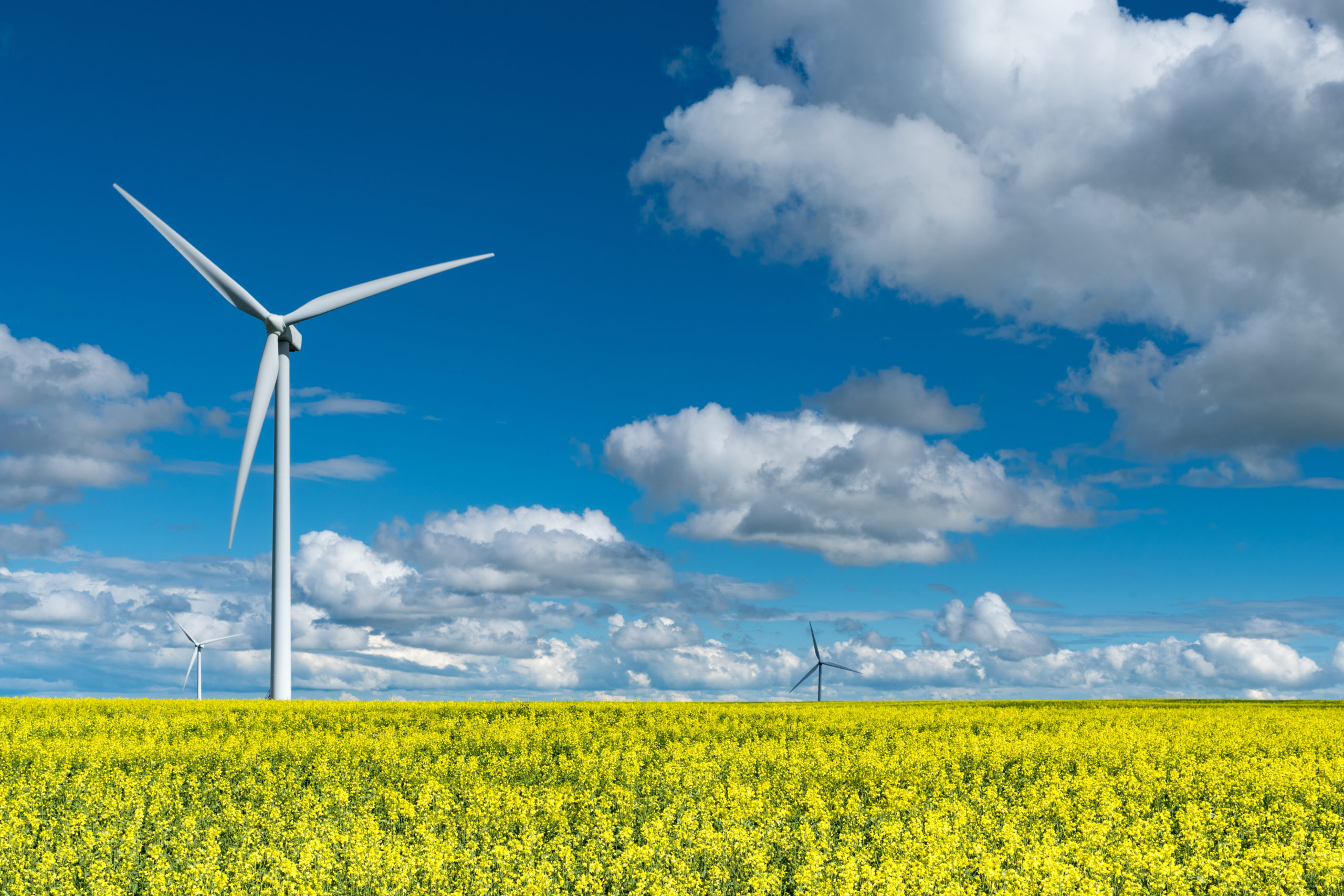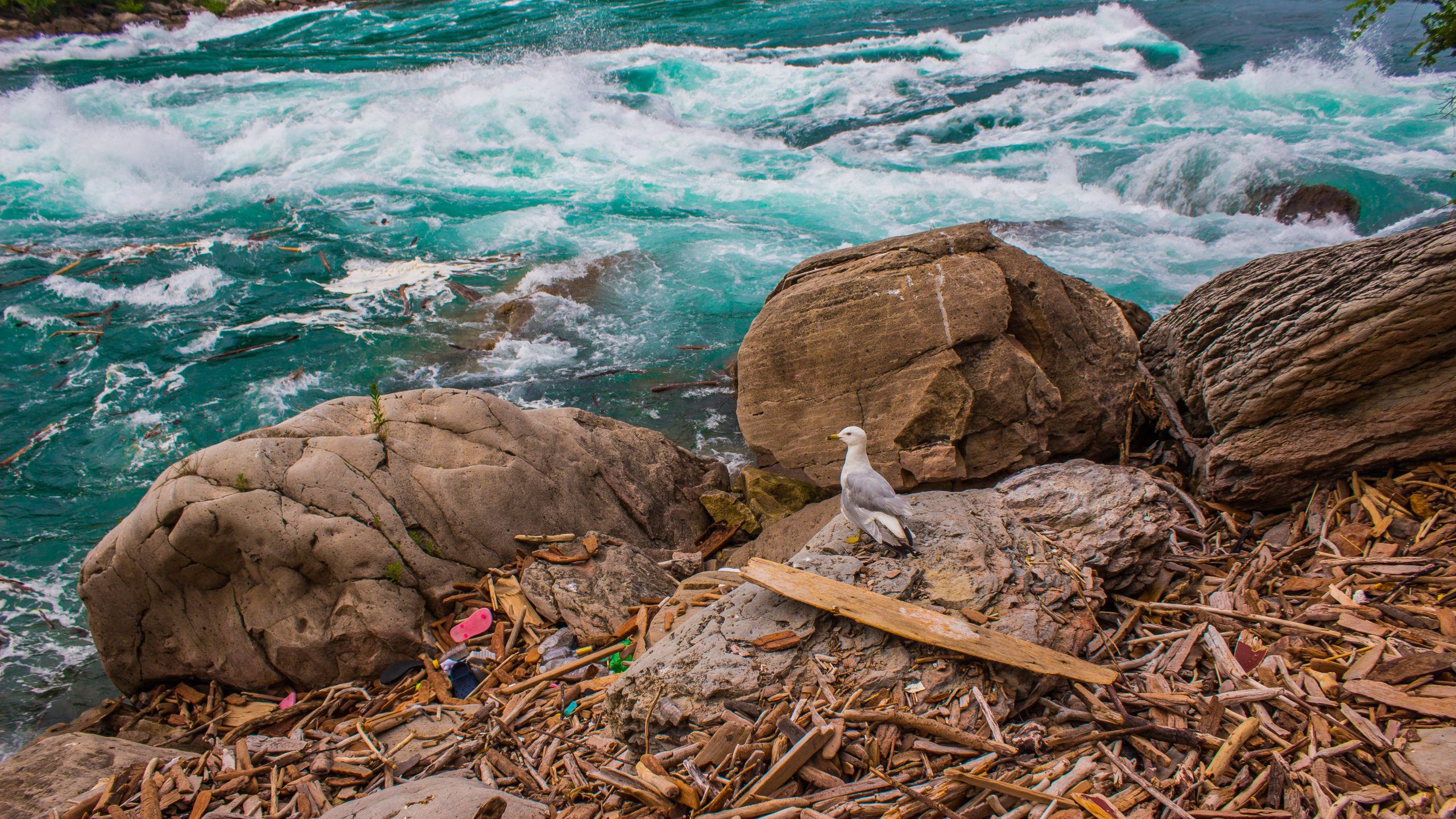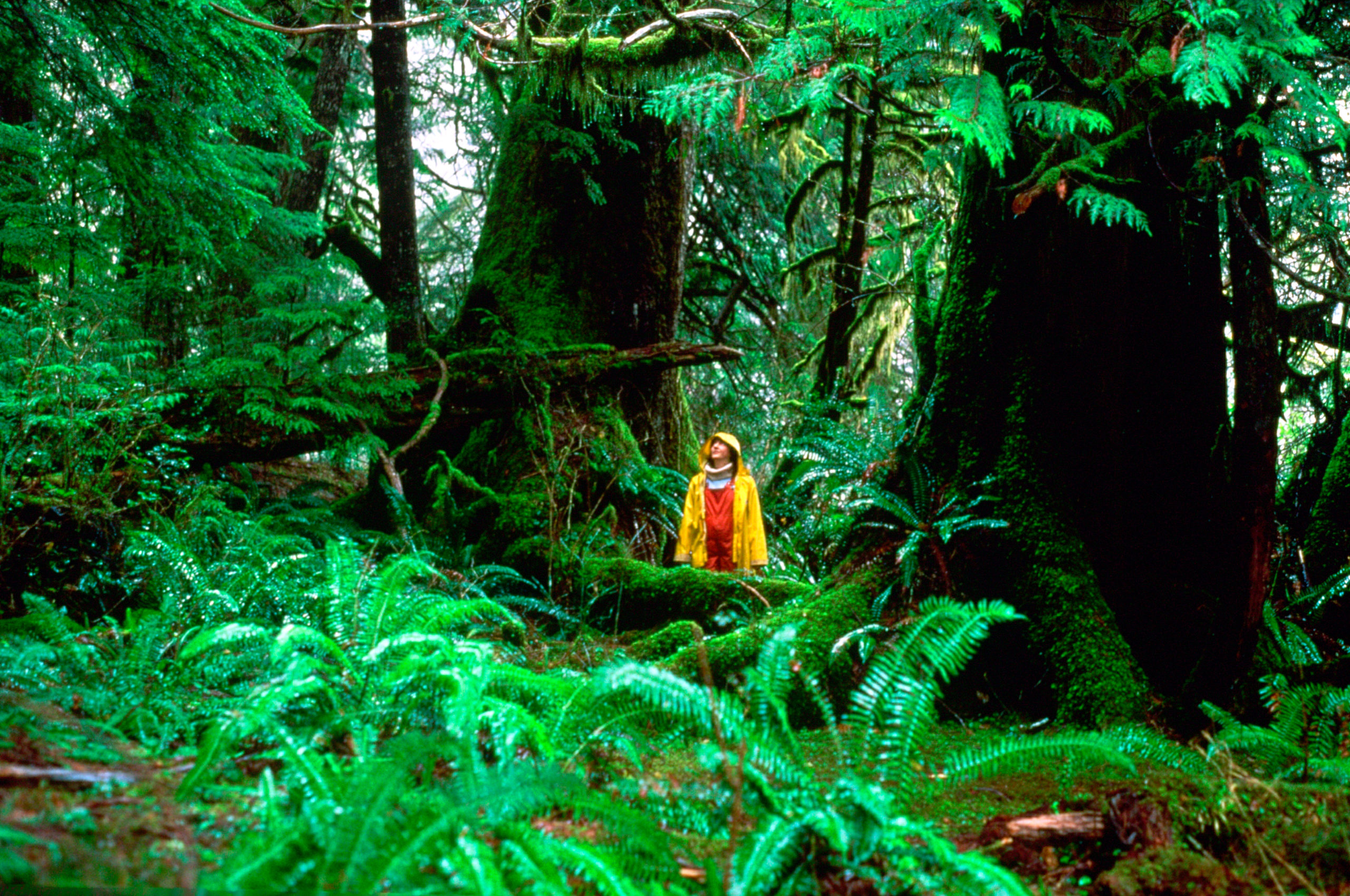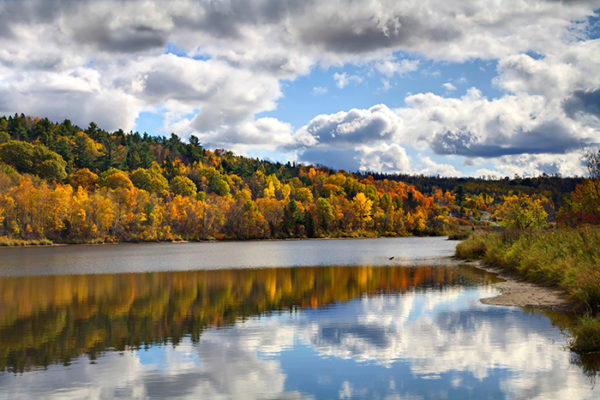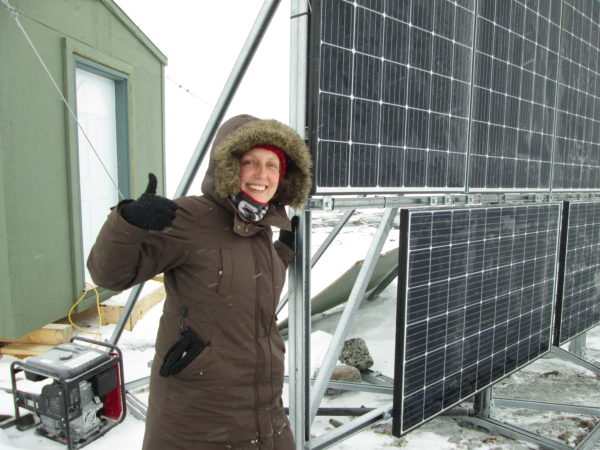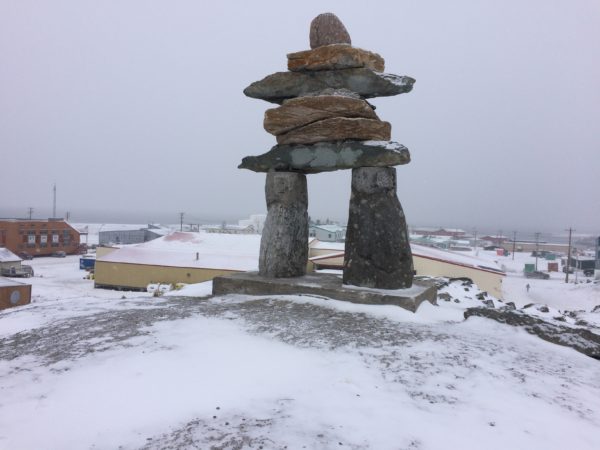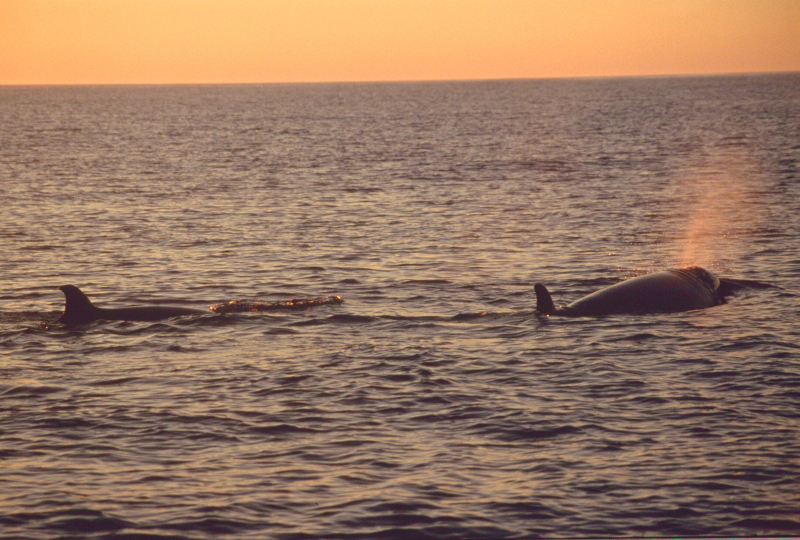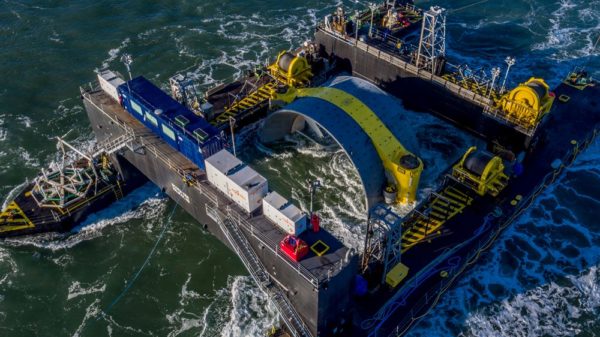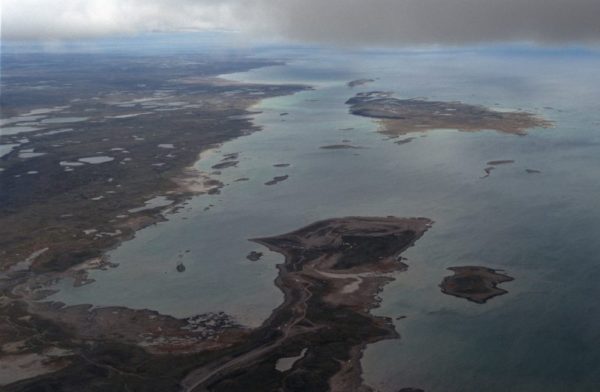Avoiding consequences for wildlife
If renewable energy project planning and development fails to account for biodiversity, migratory patterns or sensitive habitats, they can have major — and sometimes irreparable — consequences on wildlife.
We need to take biodiversity into account before we invest time and money into renewable energy projects. This will ensure new projects move forward quickly and without harmful impacts to the environment, while still meeting community needs.

